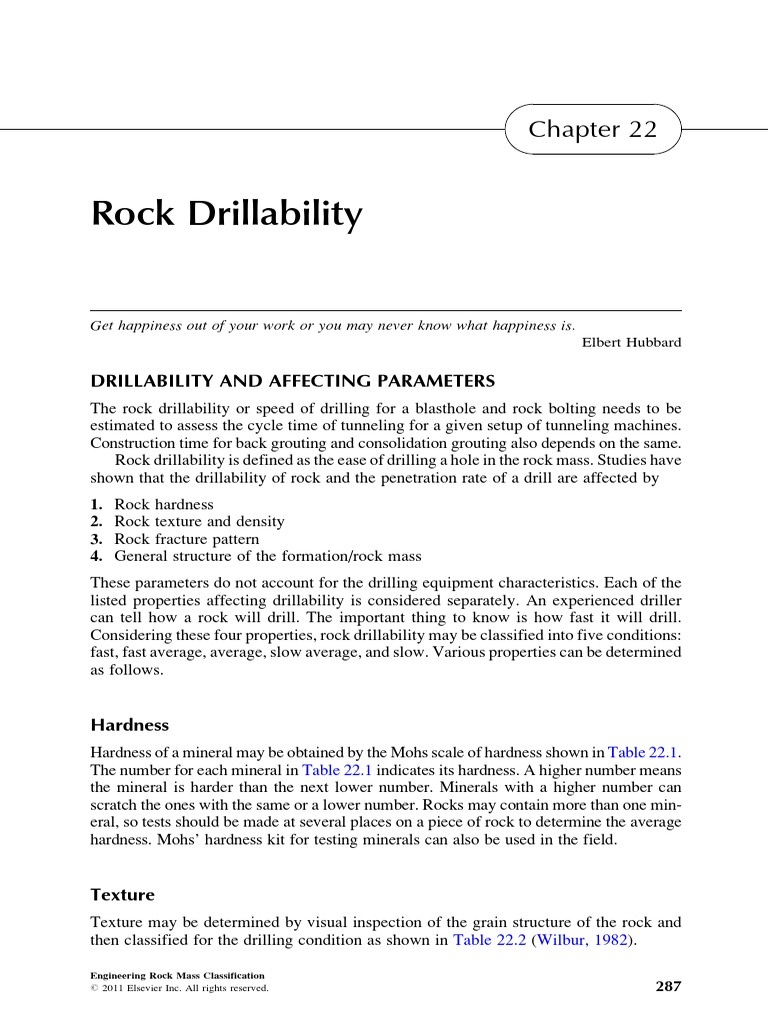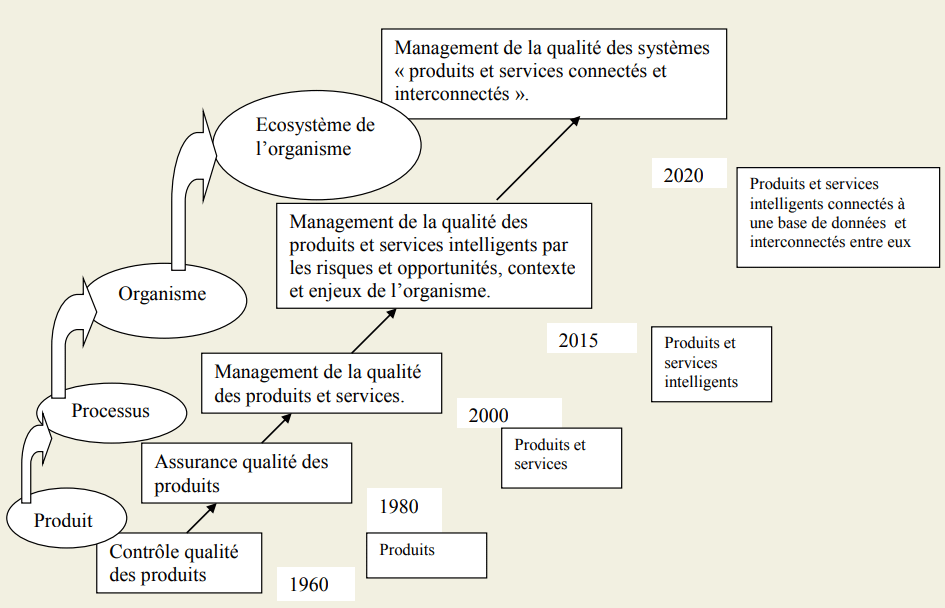Briefs: The Foundation For Successful Projects

Table of Contents
Defining the Scope: Crafting a Clear Project Brief
A clear project brief meticulously outlines the project's scope, providing a roadmap for the entire team. This ensures everyone understands the goals, target audience, and deliverables, minimizing misunderstandings and maximizing efficiency.
Identifying Project Goals and Objectives
A successful project brief starts with clearly defined goals and objectives. These should be SMART goals:
- Specific: Clearly stated and easily understood.
- Measurable: Quantifiable with key performance indicators (KPIs).
- Achievable: Realistic and attainable within the given constraints.
- Relevant: Aligned with overall business objectives and strategic priorities.
- Time-bound: With specific deadlines and milestones.
Defining KPIs is crucial for tracking progress and measuring success. For example, if the goal is to increase website traffic, a KPI might be a 20% increase in unique visitors within three months. Unclear goals lead to wasted resources and ultimately, project failure. Aligning project goals with broader business objectives ensures the project contributes meaningfully to the organization's overall success.
Target Audience and User Needs
Understanding your target audience is paramount. A successful project brief includes detailed information about the intended users:
- Define your audience: Create detailed user personas, outlining demographics, behavior, needs, and expectations.
- Understand their needs: Conduct thorough user research to gain insights into user pain points and motivations.
- Gather feedback: Implement feedback mechanisms throughout the project lifecycle to ensure the project meets user expectations.
User-centric design and development are essential for creating successful products and services. By focusing on user needs, you increase the likelihood of creating a solution that is both effective and well-received.
Defining Deliverables and Milestones
Clearly outlining deliverables and milestones provides a structured approach to project management:
- Detailed list of deliverables: Specify each component of the final product or service.
- Realistic timelines: Establish achievable deadlines for each deliverable.
- Key milestones: Identify critical checkpoints for progress tracking and evaluation.
Breaking down large projects into smaller, manageable tasks simplifies the process and allows for more effective progress monitoring. Project management tools, like Trello, Asana, or Jira, can significantly aid in milestone tracking and overall project organization, improving project success rates significantly.
Effective Communication: Ensuring Clarity in Your Project Brief
Effective communication is the backbone of any successful project. The project brief should be clear, concise, and easily understood by all stakeholders.
Using Clear and Concise Language
The language used in the project brief should be:
- Plain language: Avoid jargon and technical terms that might not be understood by all team members.
- Readability: Use short sentences and paragraphs, focusing on clarity and conciseness.
- Visual aids: Incorporate diagrams, charts, mockups, and other visual elements to enhance understanding.
- Style guide: Maintain a consistent style throughout the document for improved readability and professionalism.
Using visuals significantly improves comprehension and reduces the likelihood of misinterpretations.
Facilitating Collaboration and Feedback
A successful project brief fosters collaboration and encourages open communication:
- Communication channels: Establish clear communication channels (email, instant messaging, project management software).
- Feedback mechanisms: Create opportunities for stakeholders to provide feedback and input throughout the project.
- Regular meetings: Schedule regular meetings to discuss progress, address challenges, and ensure everyone is aligned.
Creating a collaborative environment ensures everyone feels involved and empowered to contribute to the project's success. Effective conflict resolution mechanisms should also be established within the project brief to address potential disagreements promptly and professionally.
Managing Resources and Budget: A Well-Defined Project Brief is Key
A well-structured project brief is essential for effective resource allocation and budget management.
Allocating Resources Effectively
Proper resource allocation is critical for project success:
- Identify resources: List all required resources (personnel, equipment, software, materials).
- Assign roles: Clearly define roles and responsibilities for each team member.
- Efficient allocation: Manage resource allocation to optimize efficiency and minimize waste.
- Realistic budget: Create a detailed budget that accounts for all anticipated costs.
- Track utilization: Monitor resource utilization to identify potential overruns or inefficiencies.
Risk Management and Contingency Planning
Proactive risk management is vital for project success:
- Identify risks: Identify potential risks and challenges that could impact the project.
- Mitigation strategies: Develop strategies to mitigate identified risks.
- Contingency plan: Create a plan for addressing unforeseen circumstances or setbacks.
- Regular assessment: Conduct regular risk assessments to monitor potential issues and adapt strategies as needed.
Regular risk assessment and monitoring enable proactive problem-solving and significantly reduce the chance of project derailment.
Conclusion
A well-defined project brief is not merely a document; it's the foundation upon which successful projects are built. By clearly defining the scope, ensuring effective communication, and managing resources effectively, you significantly increase the chances of delivering a project on time, within budget, and to the satisfaction of all stakeholders. Clear communication, a well-defined scope, and proactive risk management are all essential components of a successful project. These elements, carefully outlined in a comprehensive project brief, transform project management from a chaotic endeavor into a streamlined and successful process.
Download our free Project Brief Template today and start building the foundation for your next successful project!

Featured Posts
-
 Check Before They Re Gone Hulus Departing Movies This Month
May 23, 2025
Check Before They Re Gone Hulus Departing Movies This Month
May 23, 2025 -
 Confirmed Englands Playing Xi Vs Zimbabwe
May 23, 2025
Confirmed Englands Playing Xi Vs Zimbabwe
May 23, 2025 -
 Deciphering Big Rig Rock Report 3 12 For Rock 101 Success
May 23, 2025
Deciphering Big Rig Rock Report 3 12 For Rock 101 Success
May 23, 2025 -
 Stock Market Reaction To Us Fiscal Uncertainty
May 23, 2025
Stock Market Reaction To Us Fiscal Uncertainty
May 23, 2025 -
 The Karate Kid A Legacy Of Martial Arts And Life Lessons
May 23, 2025
The Karate Kid A Legacy Of Martial Arts And Life Lessons
May 23, 2025
Latest Posts
-
 The Impact Of Self Love On Appearance Vybz Kartels Experience
May 23, 2025
The Impact Of Self Love On Appearance Vybz Kartels Experience
May 23, 2025 -
 Developpement Personnel La Transformation De Maxine Et La Confiance En Soi
May 23, 2025
Developpement Personnel La Transformation De Maxine Et La Confiance En Soi
May 23, 2025 -
 La Transformation De Maxine Assurance Et Reussite Pour Le Futur
May 23, 2025
La Transformation De Maxine Assurance Et Reussite Pour Le Futur
May 23, 2025 -
 Plan Your Week Cambridge And Somerville Events Viva Central Hot Sauce Festival And Open Studios
May 23, 2025
Plan Your Week Cambridge And Somerville Events Viva Central Hot Sauce Festival And Open Studios
May 23, 2025 -
 Transformation Maxine S Affirmer Et Faire Face Aux Defis De Demain
May 23, 2025
Transformation Maxine S Affirmer Et Faire Face Aux Defis De Demain
May 23, 2025
